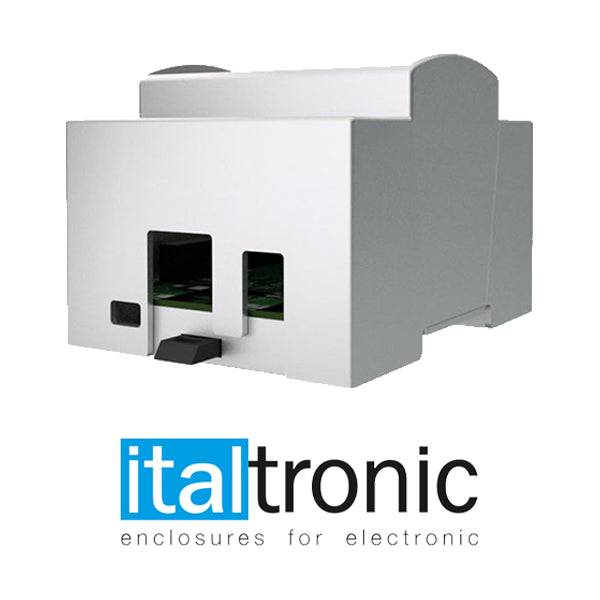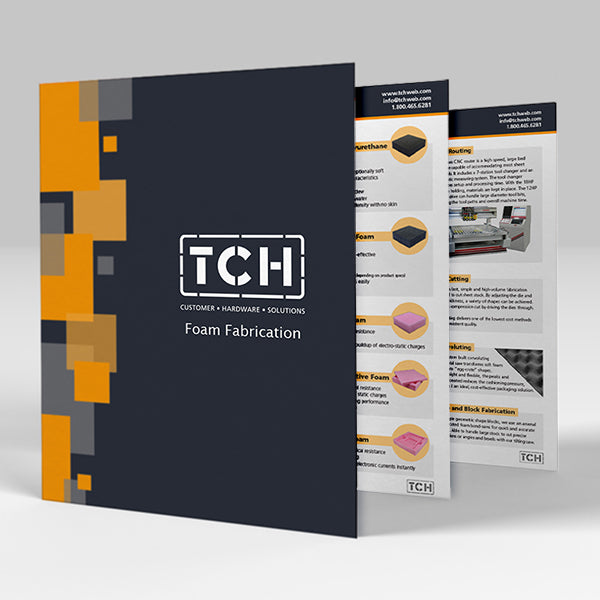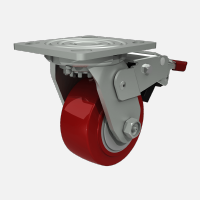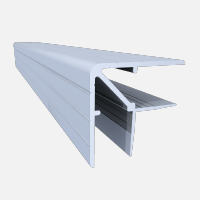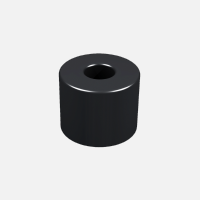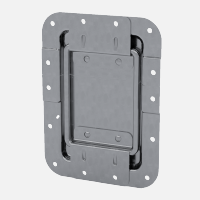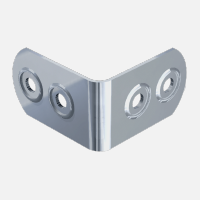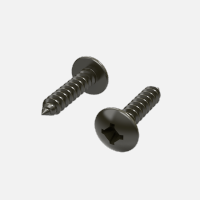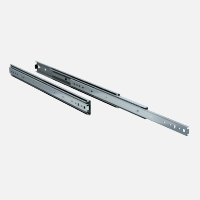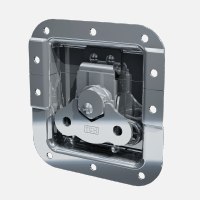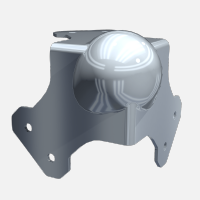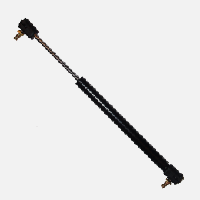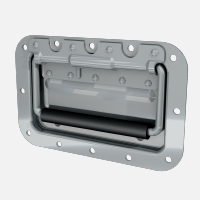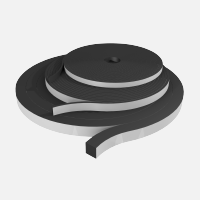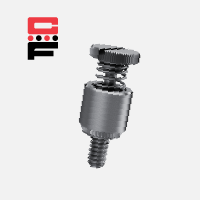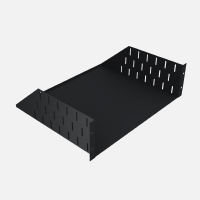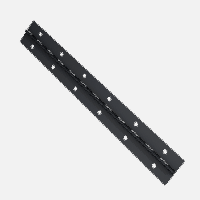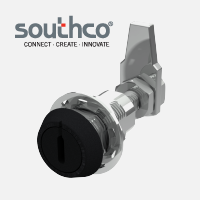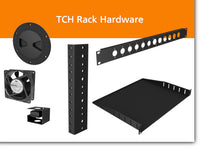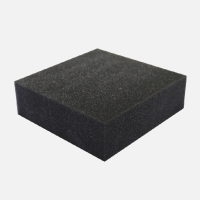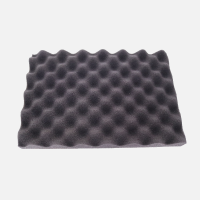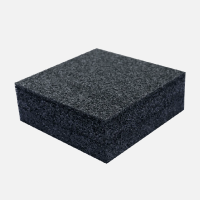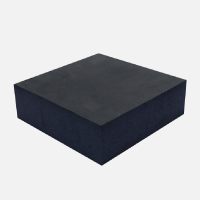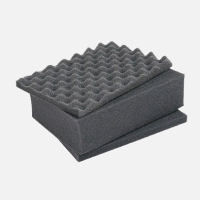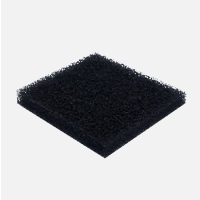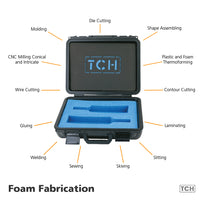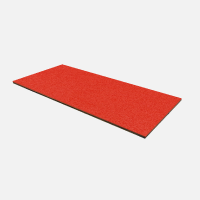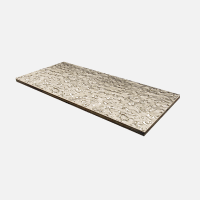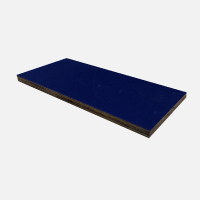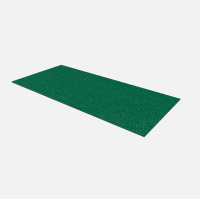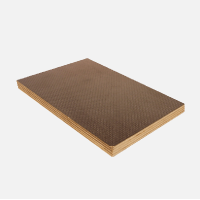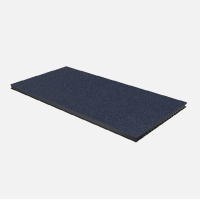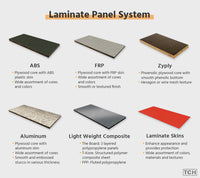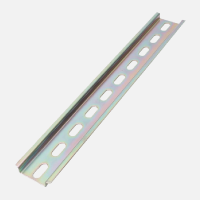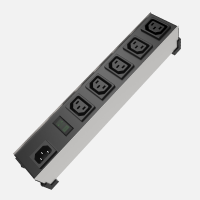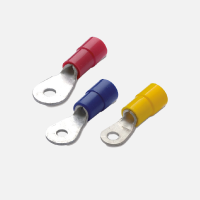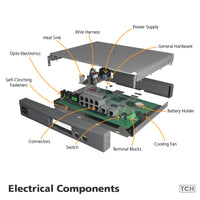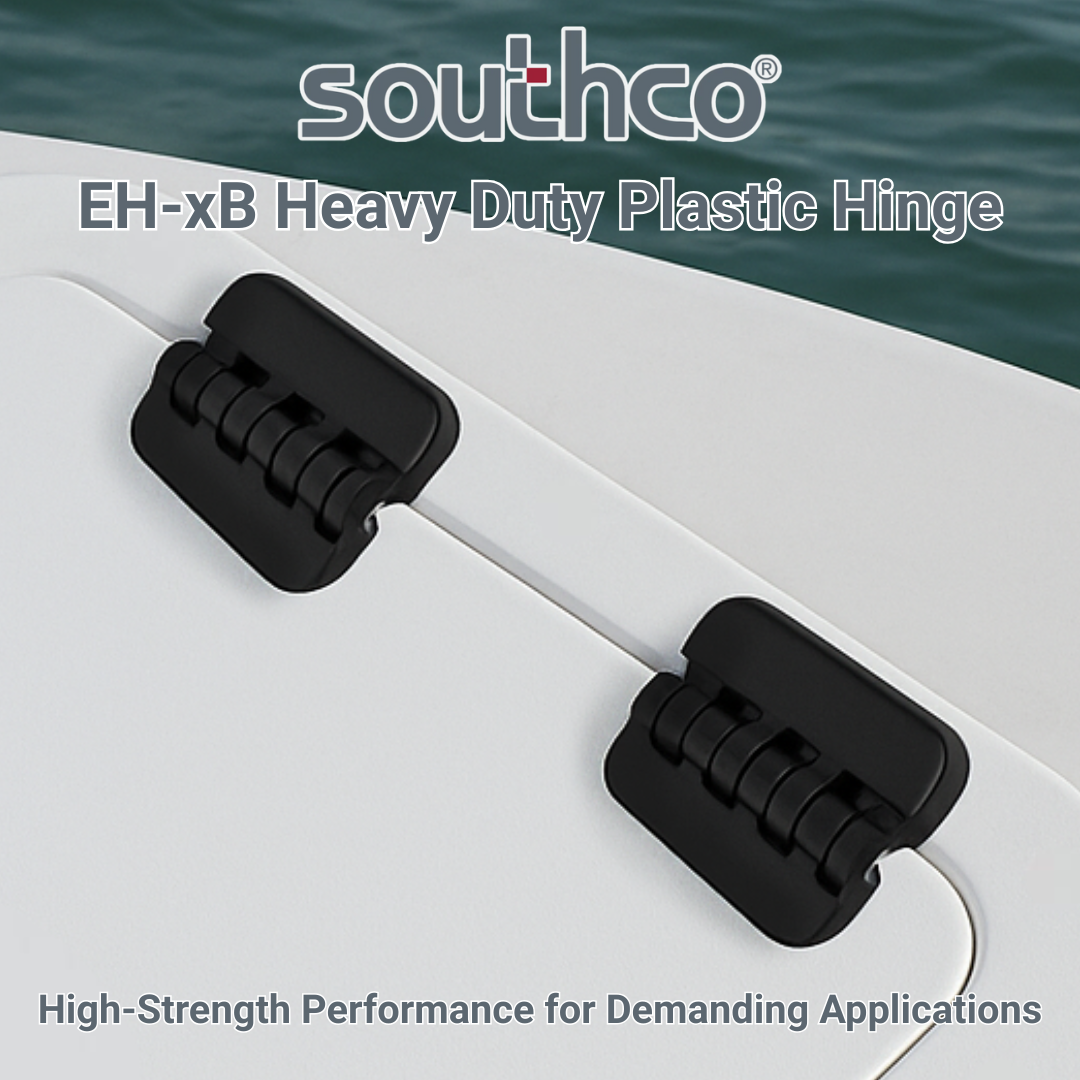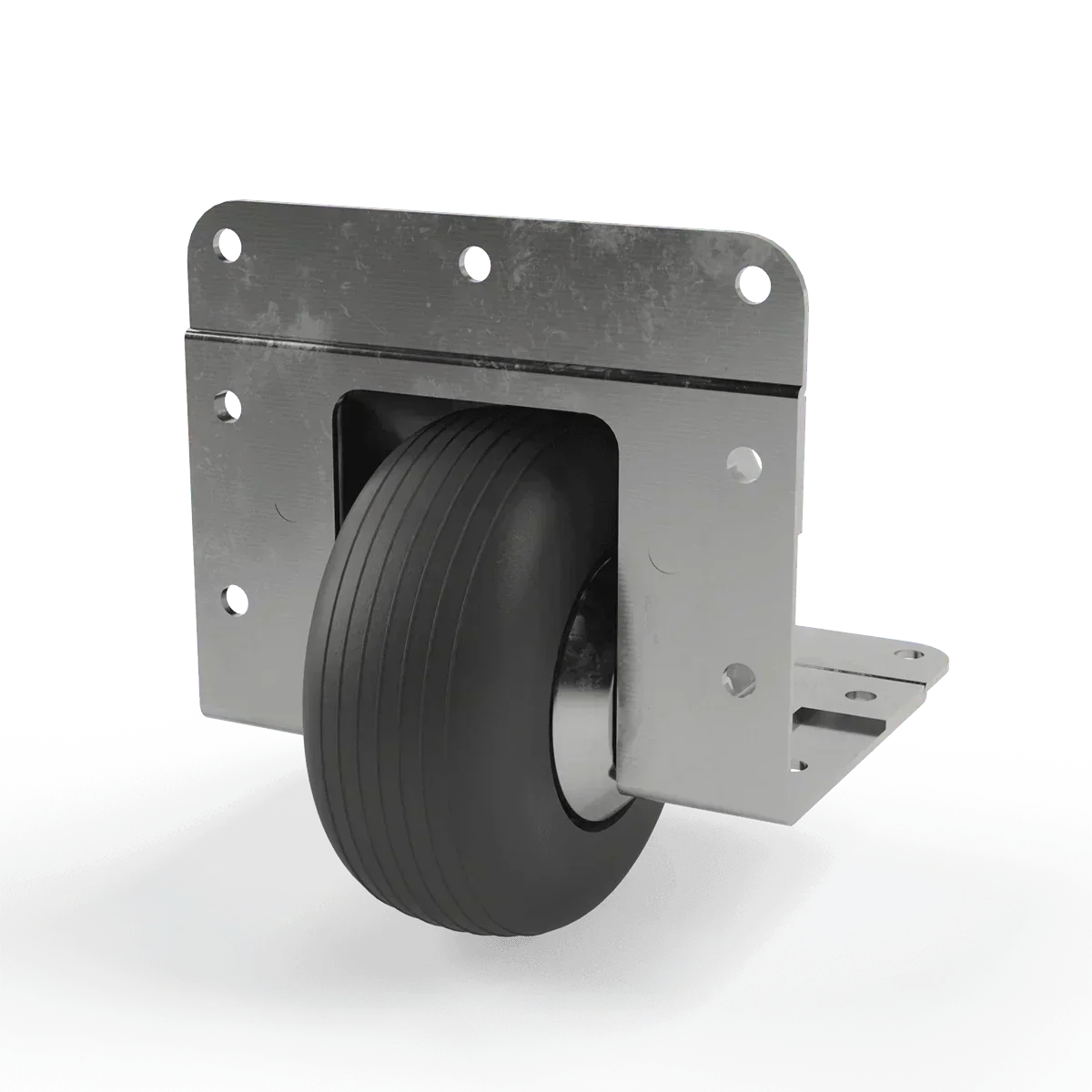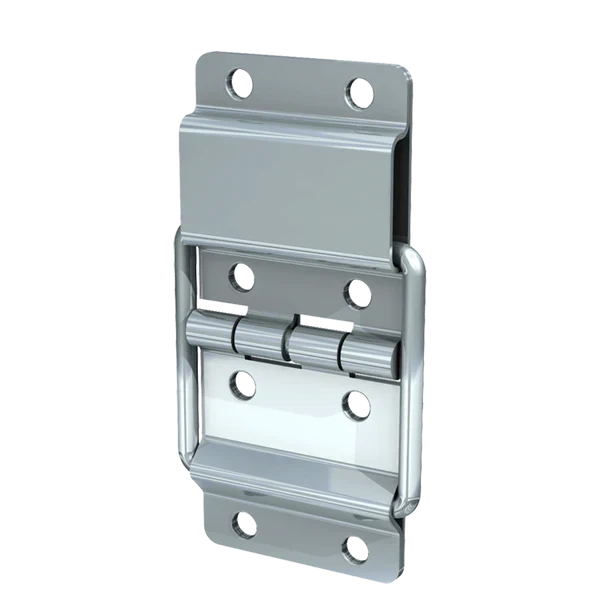Buying a latch for your needs might seem straightforward – just a trip to a physical store or a quick online purchase. Yet, this task can be more complex than it initially appears. There are numerous factors to consider beyond just selecting the type of latch, ensuring you make an informed choice.
Spring Strength
The first thing to consider is whether your handles include springs. While most do, there are unsprung handles available. For unsprung handles, the latch must provide all the return force. In such cases, opting for heavy-duty sprung latches or locks is essential.
Security Options
Toggle latches are engineered to ensure dependable security when securely closed and locked in position. Nevertheless, if there's a concern that external elements might compromise the latch's effectiveness, selecting a latch that provides extra protective features is advisable. This could help prevent the latch from unintentionally loosening or being tampered with. A common feature in many toggle latches is a hole designed for a padlock, which restricts access, ensuring the latch can't be opened without unlocking the padlock.
Size
The following important factor is the size, especially the "backset" measurement. This refers to the distance from the faceplate to the center of the square spindle hole. This measurement is crucial as it dictates how far from the edge of the door your handles will be positioned.
Ease of use
Toggle latches are highly valued for their ease of tightening and loosening. When selecting a latch, ensure it meets the following criteria:
• Make an effortless adjustment when your container is open.
• Swift to tighten once your container is closed.
• Reliable and stable once it is tightened.
Which latch is the best for keeping moisture and dust out of a toolbox?
Compression latches are excellent for keeping your enclosures securely sealed and protected against dust and water.
Compression latches incorporate gaskets that are pressed against a door or panel aperture. The resulting pressure forms a tight seal, effectively preventing the entry of dust and moisture. Compression latches can substantially influence an industrial product or application's functionality, user comfort, and safeguarding.
A prevalent type of compression latch includes a T-handle design. To access the panel or door, individuals can easily lift the T-handle, rotate it by a quarter-turn, and then pull the door open. When the handle is raised, it releases the pressure exerted on the gasket.
How does it work?
Quarter-turn cam latches, and compression latches share remarkably similar mechanisms. Both incorporate an actuating handle or plug along with a cam. Users must rotate the actuating component to operate these latches until the cam disengages and turns.
The primary distinction between standard cam latches and compression cam latches is the additional pulling action introduced by the compression latch. When the latch is engaged, it exerts pressure on the gasket against the enclosure or frame, forming a seal that effectively keeps out insects, dirt, debris, and moisture. Standard cam latches can also create a seal with gaskets, but the cam's movement is limited to rotating, resembling the motion of clock hands, without any pulling action.
There are other variations of compression latches, such as compression over-center lever latches or sealed compression lever latches (also known as trigger latches). These components feature a cam bolt linked to a handle that swings in and out like a see-saw during operation, automatically applying additional pressure when securely latched.
Compression Latch Benefits
Choosing compression latches over conventional ones offers several advantages, particularly in specific applications where safeguarding against water intrusion is essential. Electrical enclosures, telecom equipment lockers, industrial generators, and HVAC system components share two common characteristics: susceptibility to environmental elements and the potential to generate vibrations and noise.
Industrial machinery is seldom quiet and generates vibrations efficiently transmitted to the enclosure. Without a protective gasket between the enclosure's door and the opening panel, vibrations can cause unwanted noise. Compression latches are the ideal solution for effectively reducing both vibrations and noise, as the gasket absorbs and mitigates some of the vibrations.
Moreover, compression latches create a secure barrier against dust, water, and moisture by compressing the gasket between the door and the panel opening. This feature is precious for safeguarding electrical equipment and telecom gear, which are typically sensitive to dust and moisture.
Most industrial latches are constructed from materials like stainless steel or black powder-coated zinc alloy, granting them an IP65 rating, ensuring they are "dust tight" and capable of withstanding rain, providing waterproof protection.
The equipment mentioned is typically operated by authorized personnel. In such cases, selecting a latch that can be locked with a padlock or a compression cam lock is advisable. Compression locks require keys or specialized tools for operation, enhancing security by preventing unauthorized access.
Another noteworthy benefit is that installing compression latches is as straightforward as fitting regular cam latches. You may require essential tools like a drill, a screwdriver, and perhaps some washers, screws, or rivets. The installation process typically takes up to 15 minutes for those with some handy skills.
Different types of Southco Compression Latches
Quarter Turn latches
They deliver mechanical leverage, guaranteeing a secure door closure that is resistant to vibrations and effectively seals against water and dust. At the same time, they offer convenient access and flexibility to choose between crucial- and tool-based security options.
Lever Latches
These popular low-profile lever latches present a sleek look for apparent applications. A discretely mounted trigger mechanism (flush or slightly raised) is provided to release the built-in handle.
Self-Adjusting Latches
This extremely economical class of compression latches is Southco's easiest way to make panels fit just right with a quick fraction of a turn. Its cam action spring pawl accommodates wide variations in grip range, fit, and build tolerances.
Lift & Turn Latches
They provide precise pull-up compression without rubbing or wear on the pawl and are available in various finishes to complement virtually any installation.

